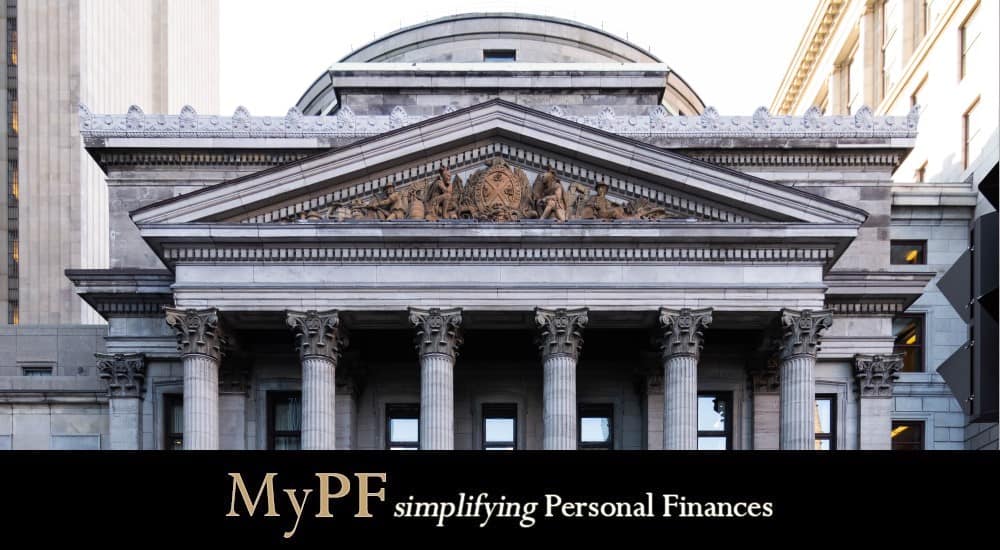Unveiling the significance of monetary base with this short guide to understanding its role in the economy.
The term “monetary base” refers to a measurement of the total amount of money in the economy, which includes both publicly available Federal Reserve System (Central Bank)-issued money and Federal Reserve balances held by depository institutions. MB and M0 are other names for it.
The money that a nation’s people utilise on a daily basis makes up a large amount of MB. As a result, it sheds light on a country’s nominal GDP and the level of economic prices.
In a survey of Malaysians carried out by Palindrome Communications, 33 percent of respondents thought the monetary base was more important than money supply. The remainder of respondents (67 percent) did not know the difference. This indicates that education on the monetary base and money supply is sorely lacking.
As mentioned, the quantity of money in circulation in the economy is referred to as the monetary base. It is divided into two components: bank reserves and money in circulation. The public’s possession of banknotes and coins—the money we use on a daily basis—is referred to as currency in circulation. Financial institutions keep bank reserves in their accounts with the central bank as cash deposits.
Contents
Understanding the Monetary Base
The central bank, which oversees the movement of money throughout the economy, typically measures the monetary base. The physical money in the economy, whether it is in your wallet or a bank vault, is often mistaken for the monetary foundation.
The monetary base, which is distinct from the money supply, only consists of cash and cash deposits, including coins, banknotes, cash held by commercial banks, and cash held in bank reserves.
A central bank creates, regulates, and oversees the flow of currency. For instance, the US monetary base is managed by the Federal Reserve, which is the country’s central bank.
Open market operations or conventional monetary policy measures are used by central banks to regulate the MB. For instance, the Fed might cease the lending programmes when it’s time to lower the MB. Even though these characteristics are only a small portion of the enormous array of financial and economic data that policymakers evaluate, money supply indicators, including MB details, must be studied by a nation’s monetary policymakers in order to effectuate monetary policy.
As M0, MB also represents a significant share of a country’s money supply. The amount of money in circulation overall (M1) includes transaction deposits at depository institutions. Savings deposits, small-denomination time deposits, retail, money market, mutual fund, and shares are all added together to form M2, which is equal to M1.
Monetary Base Formula
The monetary base is calculated as follows: MB = C + R (Reserve balances)
In the formula above, MB stands for the monetary base, C for the currency in use, and R for the reserve balances.
The total deposits made by all different types of depository institutions into their accounts at the Federal Reserve or the country’s central bank are known as reserve balances. These are the fundamental input values needed for MB calculations as well as the input for calculators that use the monetary base.
Money Supply vs Monetary Base
The monetary base, in contrast to the money supply, only consists of money in circulation and bank cash reserves. In contrast, the word “money supply” refers to the total amount of money in a nation.
Fewer liquid assets, such as demand deposits (cash in a checking account), time deposits (CD, GIC), or cheques, are included in the money supply. The assets won’t be part of the monetary base but will be counted in the money supply. As a result, the money supply can be seen as a continuation of the monetary base.
Money supply refers to the entire amount of currency in circulation as well as demand or checkable deposits when the MB includes reserve balances and currency in circulation. Since reserve balances are excluded from the computation of the money supply, it is clear that the idea of the money supply corresponds to the amount of money readily available for consumption.
Why is the Monetary Base Important?
Through a variety of monetary policy measures, central banks can raise or decrease the monetary base. Many central banks expand their monetary bases by buying government bonds, a process known as open market operations. The central bank can replace the illiquid bonds with a cash deposit in the bank’s reserve account by buying bonds from commercial banks.
The amount of cash that banks are required to hold in reserve accounts, as determined by central banks, may also be increased. The amount of money on the market will rise, which will lower interest rates.
As a result, one more instrument that central banks employ to alter interest rates is changing the monetary base. Central banks can also make certain that there is always a consistent amount of money available for usage by adopting monetary policy to maintain the monetary base.
Conclusion
The monetary base, also known as MB or M0, is a measure of the total amount of money in the economy. It includes both publicly available Federal Reserve System (Central Bank)-issued money and Federal Reserve balances held by depository institutions.
The monetary base is typically measured by the central bank, and is divided into two components: bank reserves and money in circulation. The money that a nation’s people use on a daily basis makes up a large amount of MB, and it is an important indicator of a country’s nominal GDP and the level of economic prices.
It is distinct from the money supply, which includes all forms of money in circulation, including demand deposits and time deposits.
Would you like to know more about the monetary base? Let us know in the comments down below.










Leave A Comment